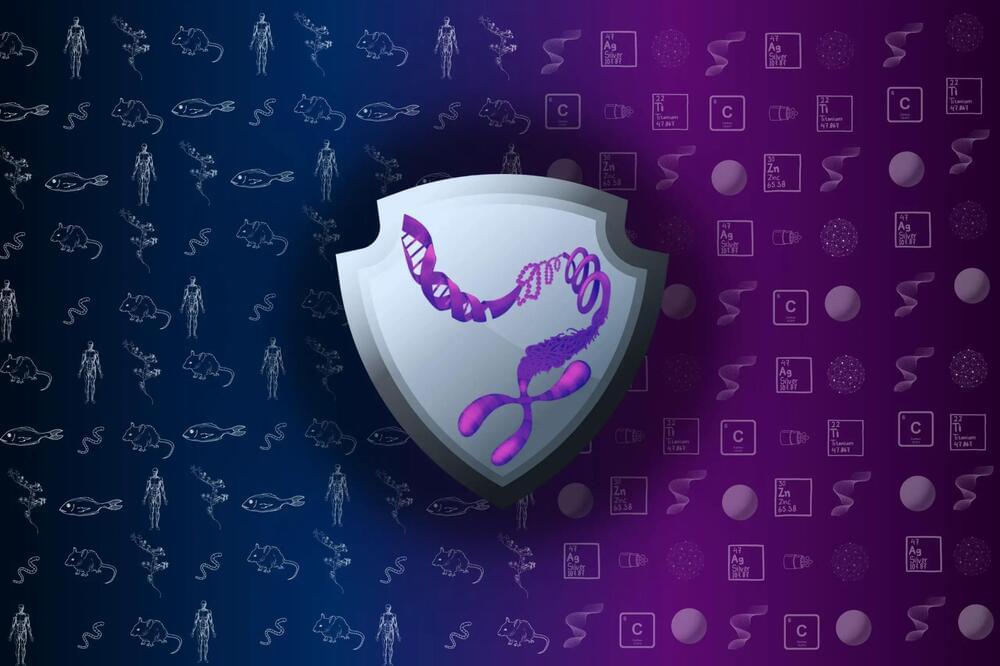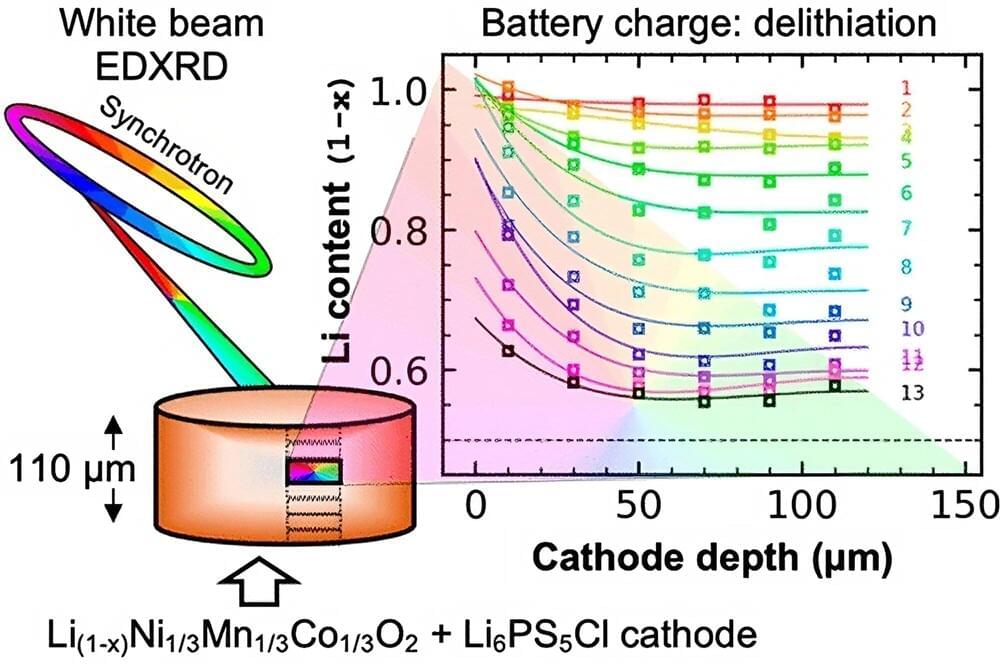New experiments show that the brain distinguishes between perceived and imagined mental images by checking whether they cross a “reality threshold.”



Sci-fi author Tim Boucher says he’s created 97 books in nine months with the help of AI.
In an article for Newsweek, Boucher said he’d used AI image generator Midjourney to illustrate the books, and ChatGPT and Anthropic’s Claude for brainstorming and text generation.
Boucher told Insider he plans to get to “at least 1,000 books, if not beyond.”

Scientists from the Finnish Hub for Development and Validation of Integrated Approaches (FHAIVE FHAIVE) and Tampere University have uncovered a novel response mechanism related to nanoparticle exposure that’s shared across various species.
A species is a group of living organisms that share a set of common characteristics and are able to breed and produce fertile offspring. The concept of a species is important in biology as it is used to classify and organize the diversity of life. There are different ways to define a species, but the most widely accepted one is the biological species concept, which defines a species as a group of organisms that can interbreed and produce viable offspring in nature. This definition is widely used in evolutionary biology and ecology to identify and classify living organisms.


A paralysed man has regained the ability to walk smoothly using only his thoughts for the first time, researchers said on Wednesday, thanks to two implants that restored communication between brain and spinal cord.
The patient Gert-Jan, who did not want to reveal his surname, said the breakthrough had given him “a freedom that I did not have” before.
The 40-year-old Dutchman has been paralysed in his legs for more than a decade after suffering a spinal cord injury during a bicycle accident.

Electrifying transportation is an essential step towards mitigating climate change. To improve the power, efficiency and safety of electric vehicles, researchers must continue to develop better batteries.
All-solid-state lithium batteries (SSBs), which have a solid electrolyte instead of a liquid, are safer than traditional lithium-ion batteries because they are less flammable and more stable at higher temperatures. They could also have higher energy densities than lithium-ion batteries, allowing for longer lasting batteries in smaller sizes for portable electronics and other applications.
A research team led by Joshua Gallaway of Northeastern University in Boston and scientists at the Department of Energy’s (DOE) Argonne National Laboratory recently tested how the composition of thick cathodes affected electrochemical reactions in SSBs. The team used the resources of the Advanced Photon Source (APS), a DOE Office of Science user facility at Argonne. Their discoveries were published in the journal ACS Energy Letters.

Is there a planet out there even better than Earth, a superhabitable world? Or is there no place like Home? Posted on Big Think, direct link at https://www.searchforlifeintheuniverse.com/post/is-there-a-p…than-earth
Video I found on wearable robots.
Introducing an innovative solution that enhances your mobility WIM:
- It provides easy and safe walking.
- It enables effective exercise.
- It guides and reinforces your gait performance.
Specification.
- Light weight 1.4kg.
- Portable small size 24cm x 10cm.
- World best performance 20% energy saving (Level ground walking)
www.wirobotics.com.
[email protected].
#wearabledevices #robot #WearableRobot #Exoskeleton #wearablemobility


May 22 (Reuters) — ChatGPT’s creator OpenAI is testing how to gather broad input on decisions impacting its artificial intelligence, its president Greg Brockman said on Monday.
At AI Forward, an event in San Francisco hosted by Goldman Sachs Group Inc (GS.N) and SV Angel, Brockman discussed the broad contours of how the maker of the wildly popular chatbot is seeking regulation of AI globally.
One announcement he previewed is akin to the model of Wikipedia, which he said requires people with diverse views to coalesce and agree on the encyclopedia’s entries.